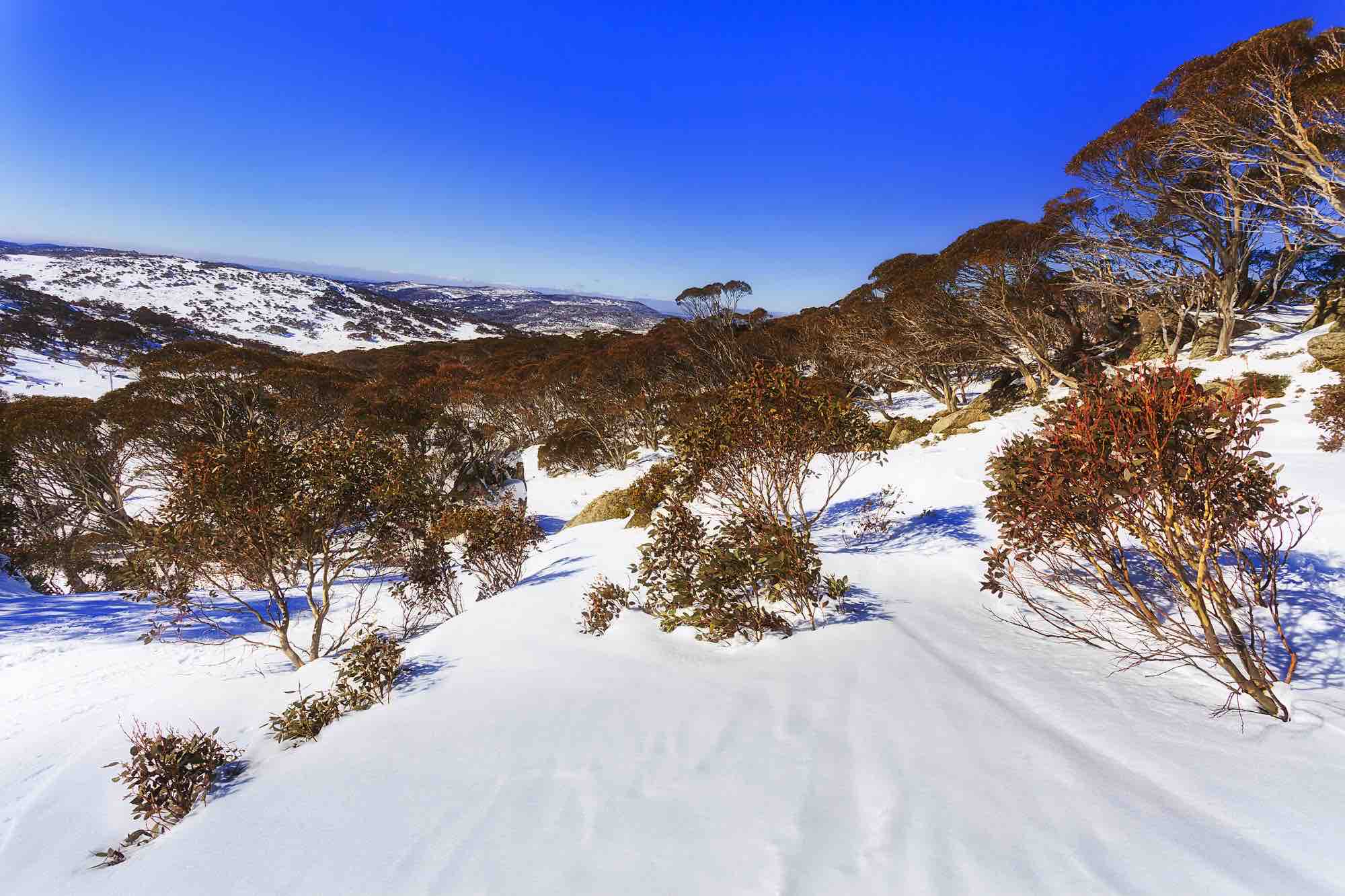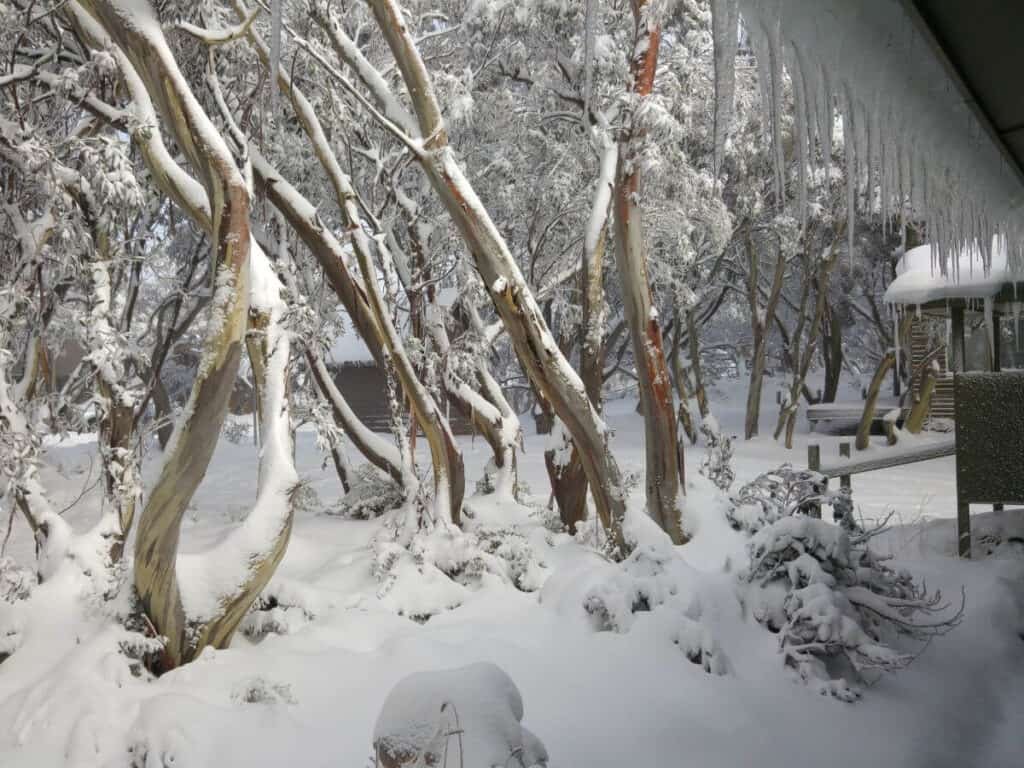Find Out About the Fascinating Weather Patterns That Cause Snow In Australia Each Season
Find Out About the Fascinating Weather Patterns That Cause Snow In Australia Each Season
Blog Article
Discover the Interesting Results of Snow in Australia on Regional Environments
Regardless of its reputation for sun-soaked landscapes, Australia likewise boasts areas buried by snow-- a sensation that profoundly affects the country's one-of-a-kind environments. The protecting properties of snowflakes secure flora and fauna amidst the coldest winter seasons, while the melting snow nurtures rivers and aquatic life.
The Unanticipated Regions of Snowfall in Australia
Although Australia is commonly associated with sandy coastlines and sun-scorched landscapes, particular areas remarkably experience snowfall. The high nation regions of New South Wales, Victoria, and Tasmania are especially known for their winter season snow. The Snowy Mountains in NSW, as an example, get plentiful seasonal snow, supplying a raw comparison to the nation's common hot, dry climate. The Victorian Alps and parts of Tasmania also see annual snowfalls, changing the landscape into a wintertime paradise. These areas are not simply abnormalities however important components of Australia's varied environment system. The presence of snow in these regions considerably influences regional communities, subsequently affecting the nation's special biodiversity. The certain impact on Australia's distinct vegetation will be talked about in the following area.

How Snow Impacts Australia's One-of-a-kind Plants
While it may seem unusual, snowfall in Australia plays an essential function fit the country's special plants. The snow-filled winters months foster resilience in Australian plant species. This is particularly evident in the sub-alpine and towering regions, where snow gum tissues and mountain plum-pines thrive. These plants have actually progressed to endure in extreme problems, with snow acting as a safety blanket from rough winds and freezing temperatures. The snow likewise adds to the wetness content of the dirt, giving required hydration for plant life during the completely dry summertime. Basically, the snow affects the timing of flowering and seed dispersal, the development rates, and the survival of many plant types, showcasing the elaborate interaction between environment and flora in Australia.

The Adjustments of Australian Animal to Snowfall
Simply as Australia's vegetation has adjusted to the wintery conditions, the regional fauna as well, exhibit exceptional adjustments to the snowfall. It makes use of the snow as insulation, hibernating in rock crevices below the snow to stay cozy. The Snow Skink, a varieties of reptile, transforms its colour to white during winter season, offering camouflage versus predators.
The Function of Snow in Shaping Regional Ecological Communities
Fit the local communities, the duty of snow in Australia is both multilayered and profound. It influences the distribution of vegetation and fauna, greatly defining the biodiversity of towering and sub-alpine regions. Snow supplies an important water source, feeding rivers and reservoirs as it thaws, thus supporting a selection of water life forms. In addition, snow acts as an insulator, securing ground-dwelling organisms from severe cold. It plays a considerable duty in dirt development and nutrient cycling. The routine cold and thawing of dirt generated by snowfall cultivates the break down of rocks, enhancing dirt fertility. The presence of snow shapes the plant life patterns, animal habits, and overall sustainability of Australia's one-of-a-kind communities.

The Future of Snowfall in Australia: Forecasts and Implications

Offered the essential role snow plays in shaping neighborhood communities, the future of snowfall in Australia is attracting boosting focus from researchers and conservationists. Present environment versions predict a substantial decrease in snowfall due to international warming, with possibly extensive effect on regional ecosystems. Less snow might result in minimized water availability in alpine areas, detrimentally affecting wildlife habitats and plant. Additionally, it could modify the timing of seasonal adjustments, disrupting the life cycles of numerous native species. The tourist industry, heavily reliant on the winter months snow period, may likewise deal with significant obstacles. Understanding these predictions and their effects is important source vital to develop reliable preservation approaches, guaranteeing the conservation of Australia's one-of-a-kind biodiversity and the sustainability of its economy.
Conclusion
The function of snow in Australia's ecosystems is crucial yet typically ignored. It works as a protector, a nurturer, and a useful source shaper of varied towering types, adding to the splendor of Australia's high nation. As climatic patterns continue to change, understanding the ramifications and potential improvements of these snow-influenced environments is vital. Thus, the snow in Australia is greater than an all-natural phenomenon; it's an Extra resources important gamer in the country's ecological narrative.
Despite its reputation for sun-soaked landscapes, Australia additionally flaunts areas buried by snow-- a phenomenon that profoundly affects the country's special communities. It utilizes the snow as insulation, hibernating in rock gaps below the snow to stay warm - Snow In Australia.In shaping the local environments, the duty of snow in Australia is both profound and multilayered. The visibility of snow shapes the plant life patterns, animal behavior, and overall sustainability of Australia's unique environments
Provided the critical role snow plays in shaping local ecosystems, the future of snowfall in Australia is attracting boosting interest from ecologists and scientists.
Report this page